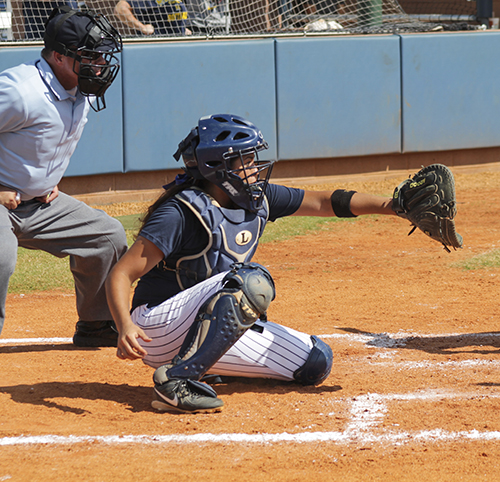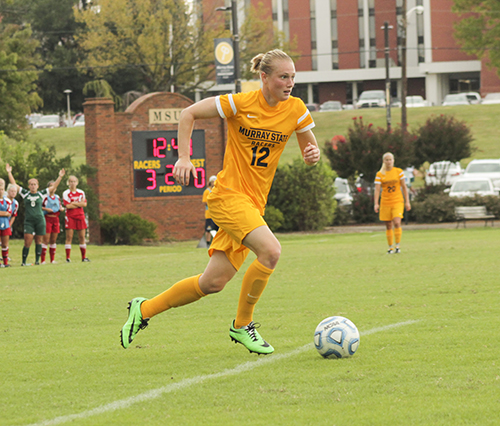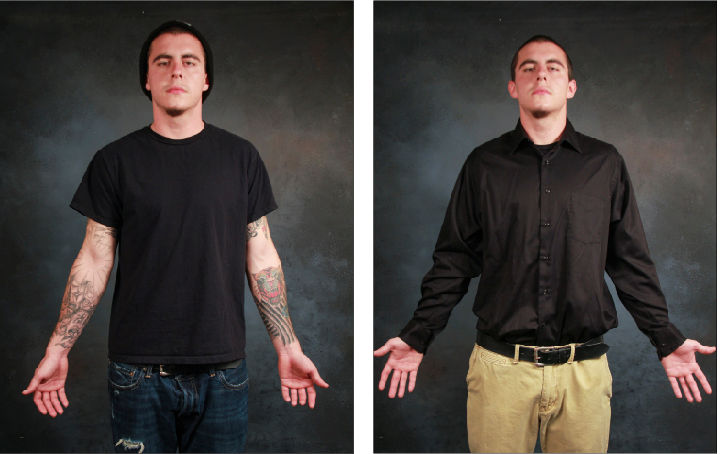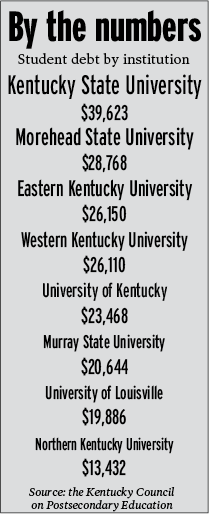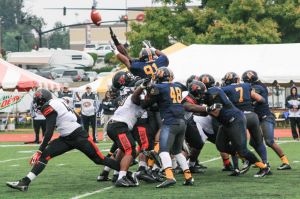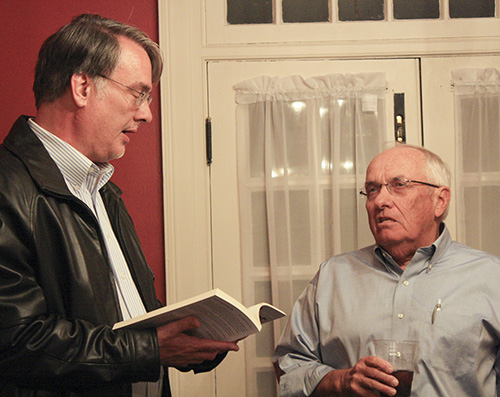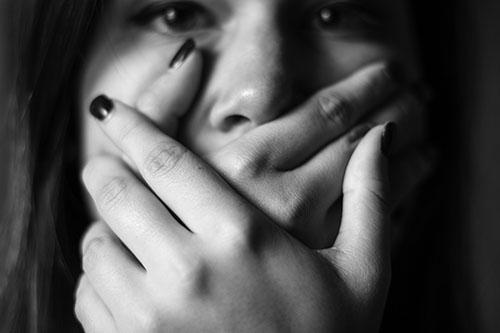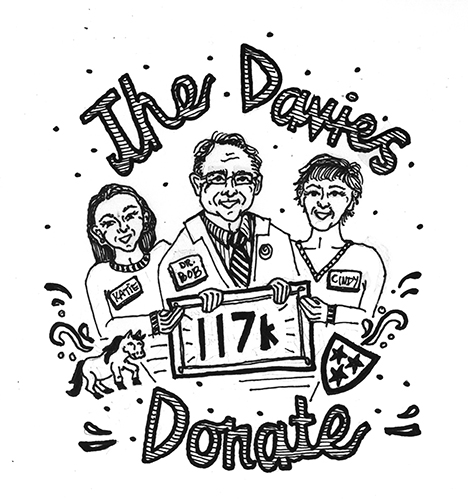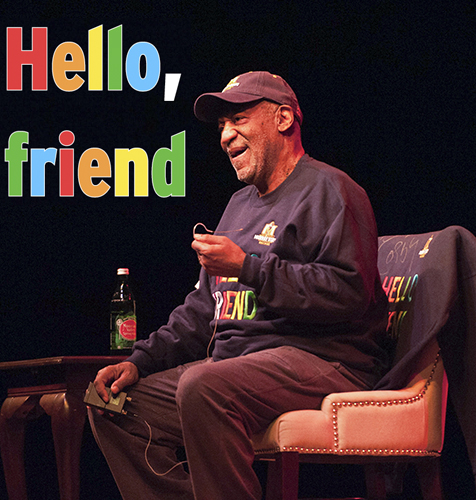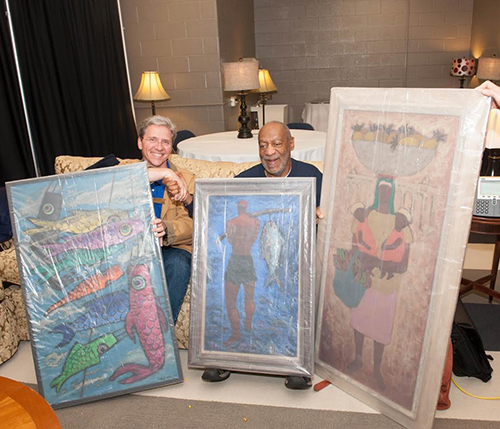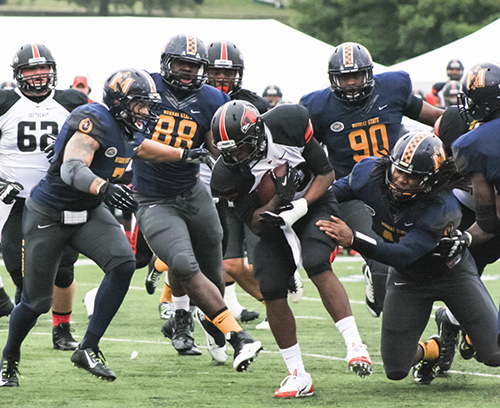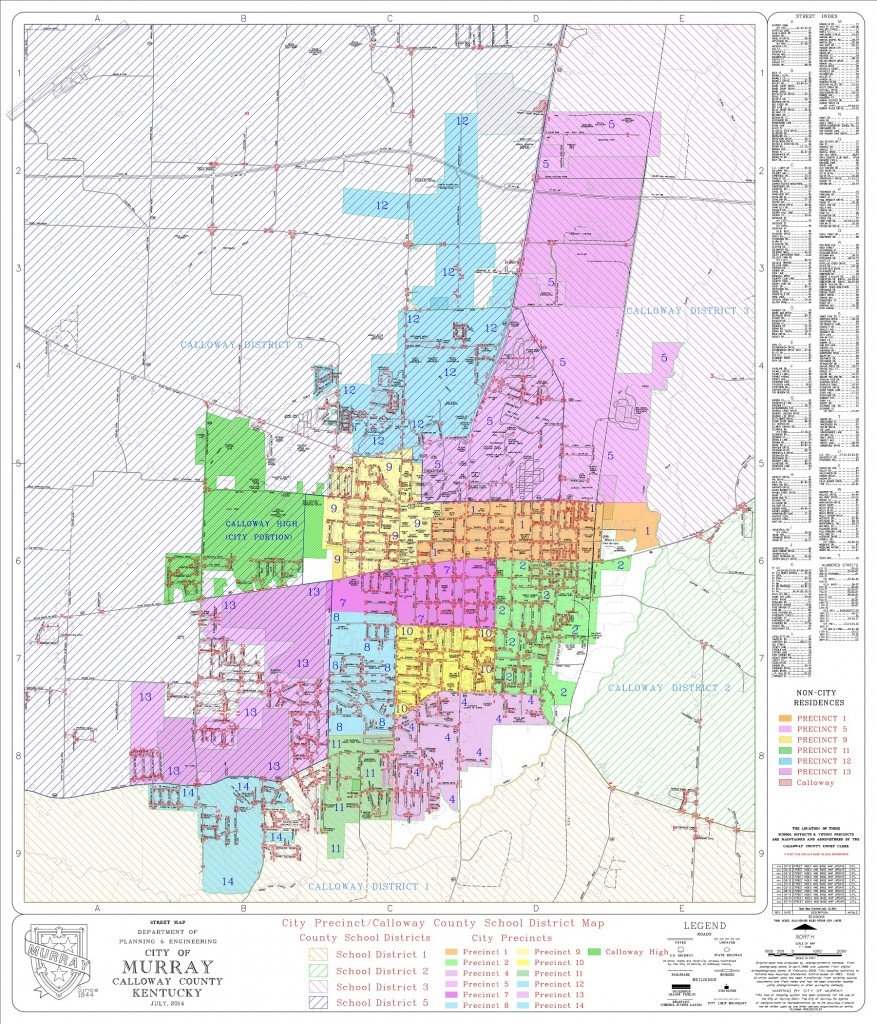President Bob Davies, his wife Cindy and daughter Katie made an $117,000 gift in support of student scholarships, academic enhancements and various student needs at the University.
“Cindy, Katie and I are very happy to support our students with this gift,” Davies said. “And I want to stress that this is a family gift. This is a major commitment from Cindy and Katie, too.”
Davies noted that his daughter and her interest in the equine industry was a big reason why they moved to Murray.
“This is truly a great University, full of excellent students, faculty and staff, along with alumni and friends who love this institution. As our Alma Mater states, this is the ‘finest place we know,’” Davies said in a press release.
Davies’ salary is approximately $300,000.
When Davies arrived to the University in July, he researched and found that Murray State’s founder, Rainey T. Wells, raised almost $117,000 to seed funds for the University in 1922.
Wells together with a campaign committee with James Glasgow, Robert Broach, O.T. Hale, Nat Ryan, Thomas Stokes and Ben Grogan raised nearly $117,000 from more than 1,100 donors in 1922.
Gifts ranged from $5 to $2,500 and secured the location and initial funds for the University, which at the time was considered a normal school.
This isn’t the first time Davies as donated a significant amount of money while being president of a university.
During his time at Eastern Oregon University, where he was previously president, Davies gave $120,000 for scholarships and faculty research.
Additionally, Davies secured more than $50 million in state funding for building renovations for his previous university.
“This is a wonderful gift from Bob, Cindy and Katie,” said Bob Jackson, president of the MSU Foundation in a press release. “This new enrollment will benefit students into perpetuity and establishes a wonderful legacy for President Davies and his family. Our University founders would be very pleased with this gift and what it symbolizes in advancing Murray State University.”
Other Kentucky university presidents have made donations to their universities that range in generosity and for different reasonings.
Western Kentucky University president Gary Ransdell donated $5,000 to his university this month, with his current salary being $427,824, according to the Bowling Green Daily News.
Kentucky State University Interim President Raymond Burse donated more than $90,000 of his salary for university workers earning minimum wage so their earnings can increase to $10.25 an hour.
Burse’s annual salary had been set at $349,869, according to the Lexington-Herald Leader.
University of Kentucky president Eli Capilouto gave a $250,000 donation to his university to establish a multi-disciplinary health research center.
“This is a symbolic and generous gift and displays President Davies’ and his family’s support for our University and its students,” Harry Lee Waterfield, Murray State University Board of Regents chair said in a press release. “We are very grateful for this support and very pleased with the leadership that he is providing.”
Staff Report
